6 Best Olive Trees To Grow In Arizona
If you hail from Pima County, Arizona, you may not be familiar with the tree that produces the much-loved oil that goes on your caprese salad, hummus, and artisanal pizzas. This tree does not come from the Citrus species.
The planting of olive trees was made illegal in Pima County in the mid-1980s because of the belief that they can aggravate allergies.
In fact, other Arizona counties have taken advantage of the trees’ affinity for Arizona’s semi-arid climate, with its rainy winters and long, hot summers, in the past few years.
In recent years, there have been large olive orchards sprouting up throughout the state. Several of them are on lands that were once native to the area.
The Spanish missionaries who came to what is now Arizona in the 17th century took cuttings of olive trees with them. The University of Arizona campus was home to only one building in 1890, surrounded by a scattering of creosote bushes, cactuses, and an unexpected plant: olive trees.
In fact, today, if you stroll down James E. Roger Way on the University of Arizona campus, you’ll find yourself encircled by the thick canopy of these old trees.
In all directions, their gnarled trunks reach in all directions, creating a work of art all their own. This is a tree that produces an abundant harvest of dark, plump fruits in the fall.
Mission Olive Tree
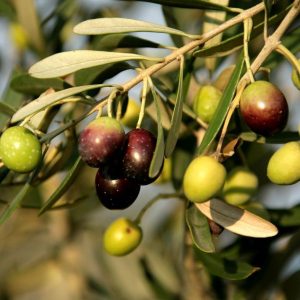
- A wonderful fruit for brining or pressing for oil
- It is one of the hardiest olive varieties there is
- Specimen with a lot of appeal
- Adaptive to Drought
- Adaptable to a wide range of situations
- Beautiful flowers in the springtime
- It is mid-season when fruiting occurs
There is a good chance that this useful tree will become your most valued specimen in the near future.
Olive tree in its classic form, the mission olive tree (Olea europaea ‘Mission’), is a handsome, self-fruiting tree that is easy to grow and is ideal for both producing olive oil and curing table olives.
Among the most skilled landscape artists, it is the Mission Olive Tree that is one of their most trusted weapons. I wonder why?
It offers a wonderful combination of classic Tuscan or Spanish looks, is adaptable to a wide range of soils, and can survive temperatures as low as 8 degrees Fahrenheit without losing its magnificent foliage.
Aside from that, once established, the Mission is one of the most drought tolerant plants out there.
Koroneiki Olive Tree
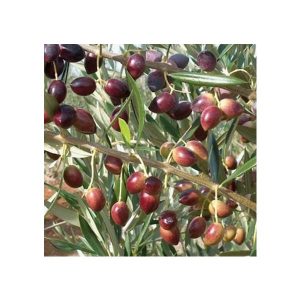
There is only one olive tree in the world that produces superior fruits – the Koroneiki Olive Tree (Olea europaea ‘Koroneiki’).
It has long been a symbol of peace and brotherhood to offer someone an olive branch as a means of expressing your friendship.
Having said that, it’s an appropriate sentiment as Olive trees have been cultivated since ancient times as a result of their unique properties.
As one of the most valuable olive trees of the world, the Koroneiki tree is often referred to as the “Queen of Olives” for its exceptional oil.
Koroneiki is an olive tree that produces small fruit, despite its prolific nature.
Each small olive contains a large amount of natural antioxidants, as well as vitamins and other health benefits.
The mid-season harvest of olives begins when the olives turn black in color-a wonderful sight to see and an excellent invitation to enjoy the flavors of the season!
A fast-growing tree with an open canopy, it is characterized by spreading branches and a fast growth rate. Despite the fact that the flowers appear early in the spring, the foliage mostly conceals the tiny flowers.
Manzanillo Olive
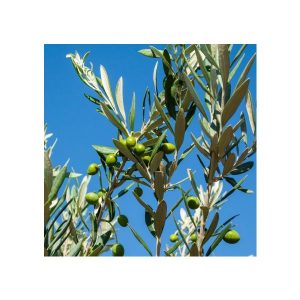
Whether you are a fan of olives, or you are looking for a Mediterranean flair in your cooking, the Manzanillo Olive (Olea europaea ‘Manzanillo’) will become a prized possession in your home.
This tree will make you feel like you are laying on the warm sands of the coastline of Spain at any time of the year.
During the summertime, the Manzanillo produces clusters of small, simple, white flowers that are absolutely charming and striking. When they are at their peak of bloom, this tree truly looks frosted.
This tree will be bursting with green olives when autumn rolls around, so look forward to seeing plenty of them on this tree.
There are no pits in this fruit, and it boasts excellent, meaty flesh, which is approximately 85% pulp, as well as easy removal of the pit.
The Manzanillo Olive is noted for its quality fruit, which creates enough oil to press for its oil. In addition to its fame for curing, the Manzanillo Olive is also renowned for its quality.
Considering that the Manzanillo is a self-fruiting variety, you need just one to reap a fantastic harvest. Despite the fact that it is an independent tree, there are some benefits to having a companion tree nearby so that it can produce more tasty Olives.
Pendolino Olive Tree
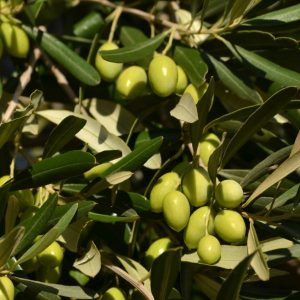
Let the stunning Pendolino Olive Tree (Olea europaea ‘Pendolino’) transport you to the mild climate and romantic landscapes of the Italian coast and make you wish you were there!
This is a specimen tree with an elegant weeping habit, a wonderful fruit and a beautiful form that will capture the attention of all!
When it comes to growing the Pendolino tree, it takes a long time, however, the olives and stunning shape make the wait worth it.
Additionally, Olive trees are known for their long-lived life, and it is not uncommon to find trees in gardens that are 200 years old or older!
As a self-fertile tree, this one produces small, bright-green fruits that appear early in the season and turn deep purplish-black as the season progresses.
Even though it is known for its self-fertility, the Pendolino is often paired with the Leccino to increase production, and it is often recommended for pollinating all other Italian varietals!
As a mild-flavored olive, it is often blended with other, more distinguished-flavored olives that produce a complex flavor profile.
The olive tree yields approximately 23% oil, which is mild, light-flavored, and often referred to as green or fruity, which is typical of Italian olive oil!
Leccino Olive Tree
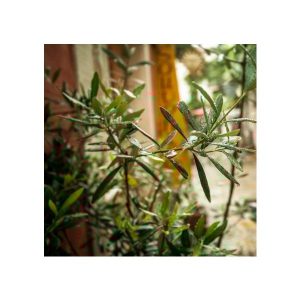
Olive trees are cultivated all over the world, and the Leccino Olive Tree (Olea europaea ‘Leccino’) has an incredible ability to adapt to different soil conditions and weather conditions.
This variety is hardy to temperatures up to just above freezing in winter, as long as it remains moist.
Although it is typically grown in Mediterranean-like climate zones 8-9 in the United States, there are some gardeners who have grown it successfully in parts of Oregon and the Northwest.
There is a long history associated with olive trees, as you are aware. It has been used in cooking products for thousands of years as well as beauty products as a result of its health benefits.
It has also been a symbol of peace and harmony for centuries. As a symbol of peace and prosperity, olive branches are regarded as symbols of peace and olives as symbols of prosperity.
Olive oil made from this delicious fruit is known as Leccino olive oil, and it is regarded as one of the best olive oils on the market. It is also possible to brine them in a solution to blacken them, or to eat them fresh as green olives for table eating.
Arbosana Olive Tree
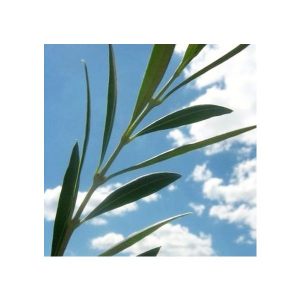
- Harvests of great significance
- Excellent flavorful olives
- Easily maintainable
Large clusters of the Arbosana Olives (Olea europaea ‘Arbosana’) trees bear delicious, petite olives from my Arbosana Olive tree.
The deep, rich flavor of this mixture is celebrated by devotees as a delicious blend of tomato and almond flavors with hints of other flavors.
There is nothing better than eating fresh fruit and vegetables fresh from the garden!
Growing an Arbosana will provide you and your family with a healthy and tasty source of olives directly from your own yard.
This is a great variety to add if you live in a Mediterranean-style climate where you have a small amount of chill and fog during the day combined with dry heat during the evening. Arbequina ripens a few weeks later than Arbosana. If you want to extend the season of your Arbequina, consider adding Arbosana.
With this variety, people will often begin harvesting the olives for oil as soon as two years have passed after planting the olives.
The trees have a great root system, and the trees are in great health. It’s because of this that we are able to produce fruit so quickly.
Arbosana olives were originally from Spain, and can be used for fresh eating, brined or milled into an excellent amount of olive oil that is rich in flavor.
As a matter of fact, today Arbosana is considered to be one of the top cultivars used in the production of olive oil in California.

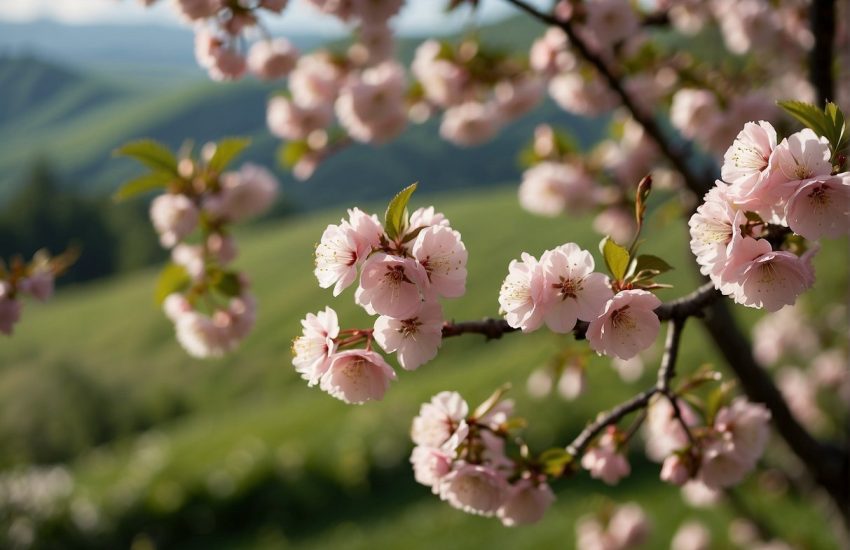
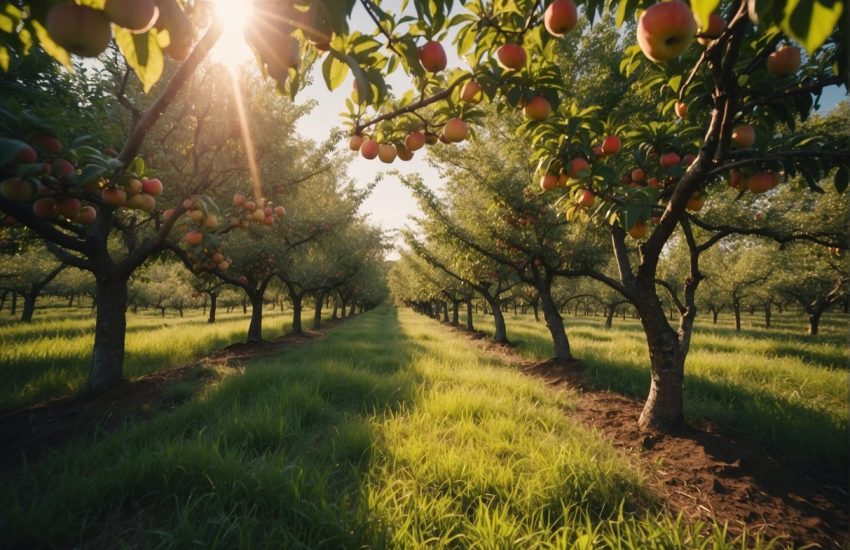
Aren’t there non-olive producing olive trees that are approved for Pima County?
Yes, there are non-olive-producing varieties like the ‘Swan Hill’ that are often approved in Pima County. These can still provide the beauty without the mess. -Plant Native Team